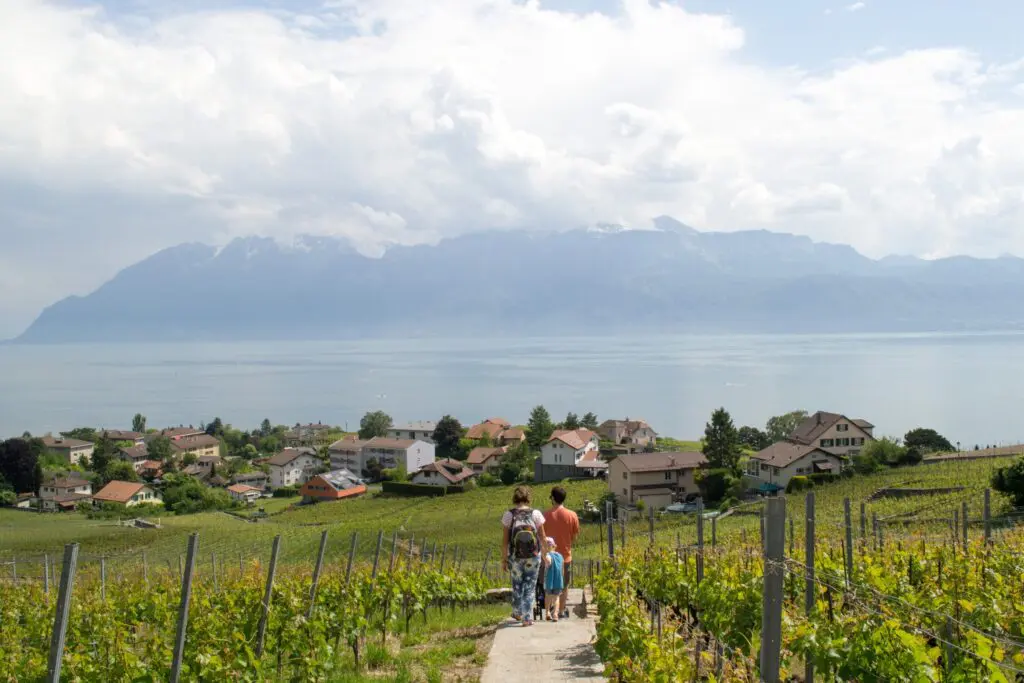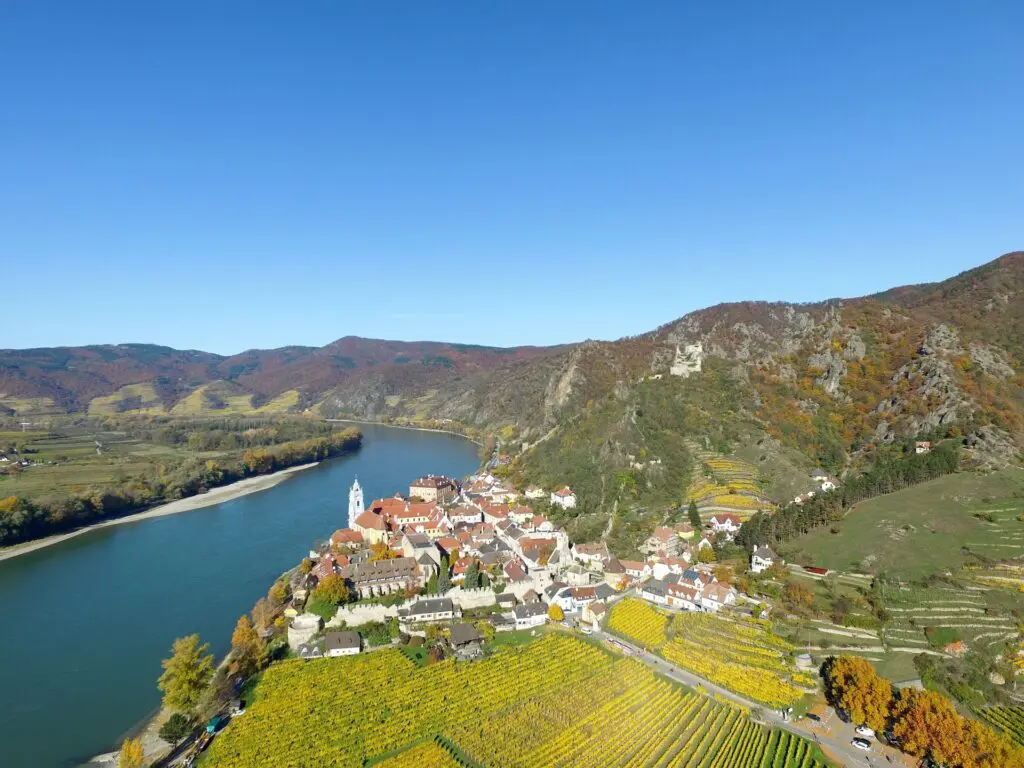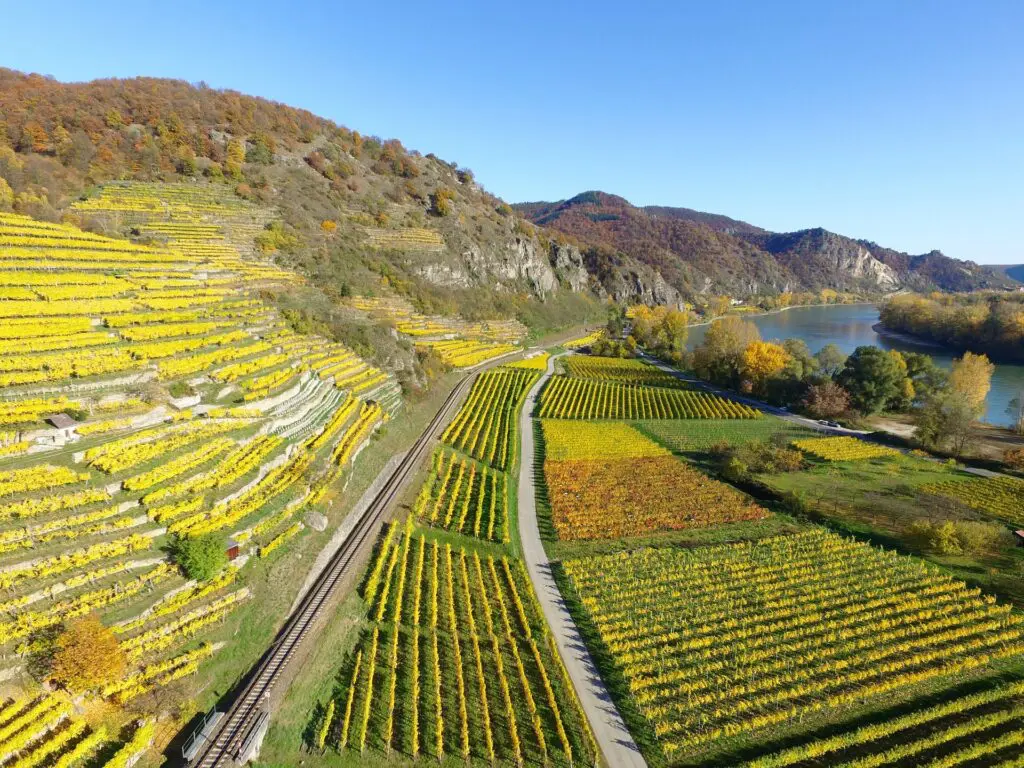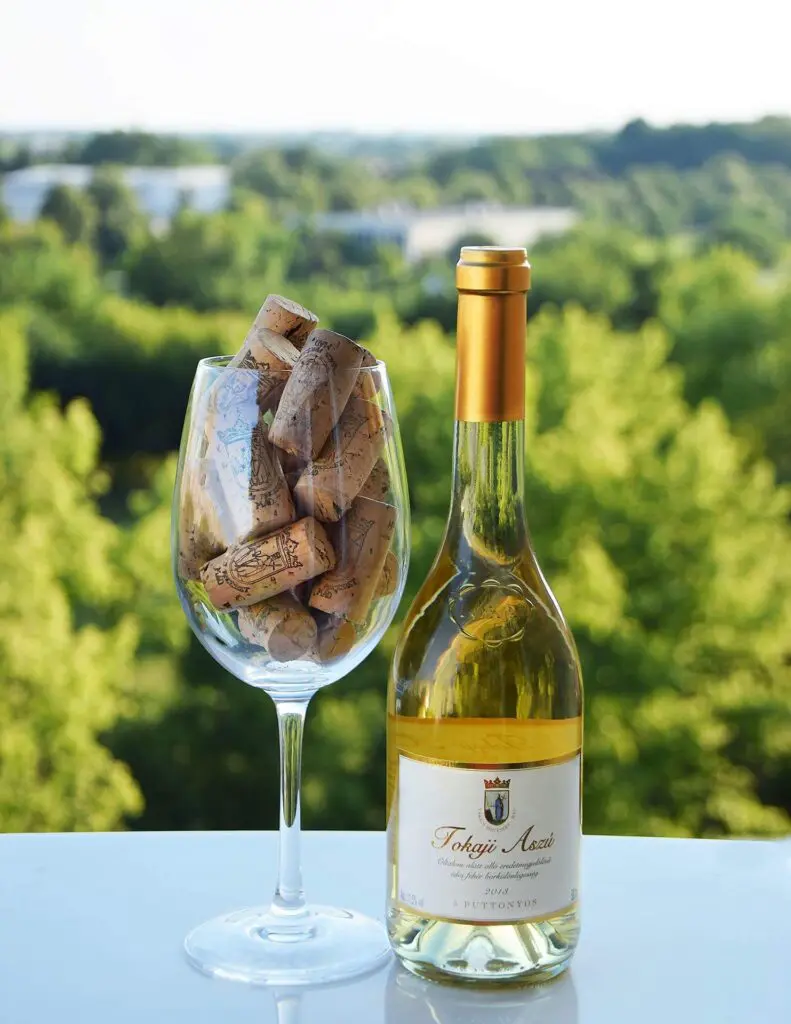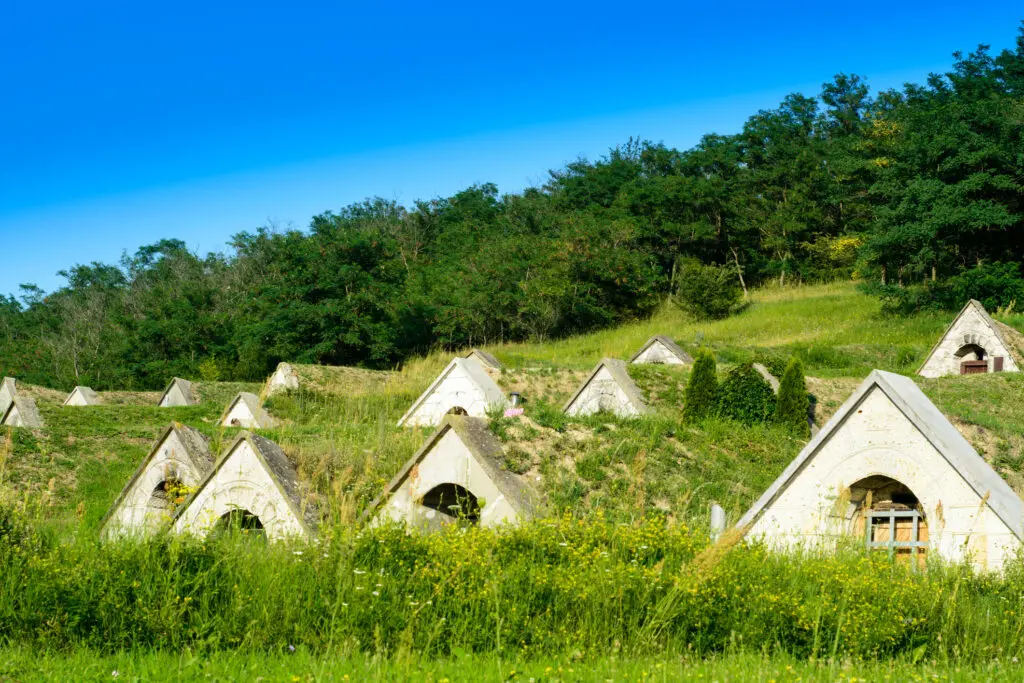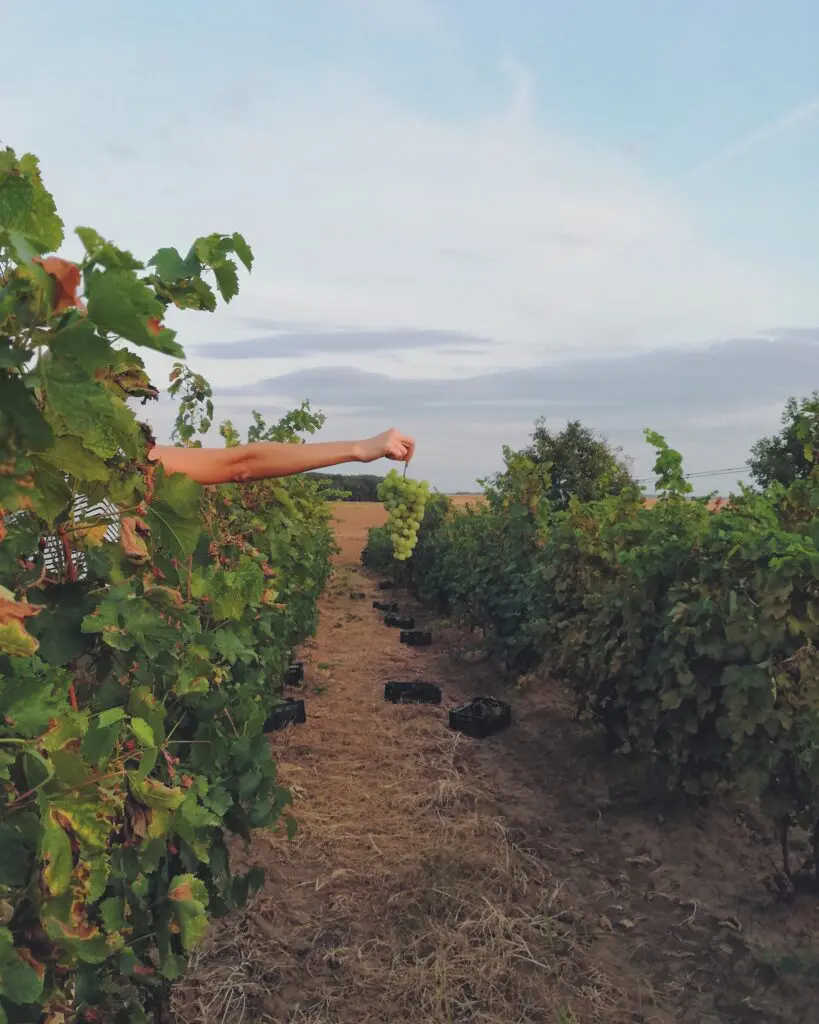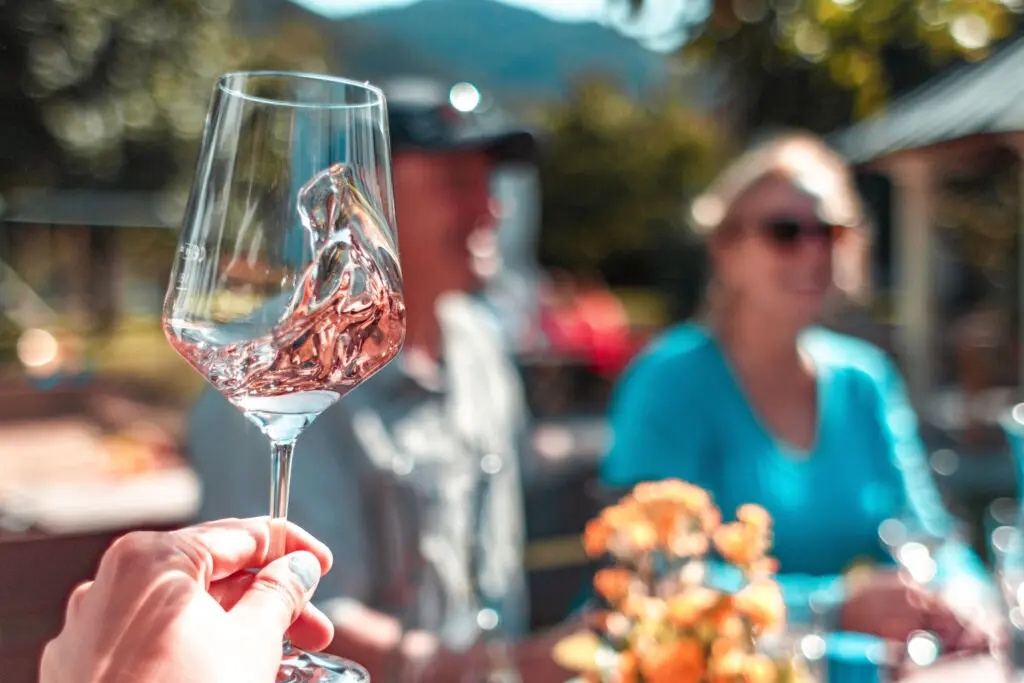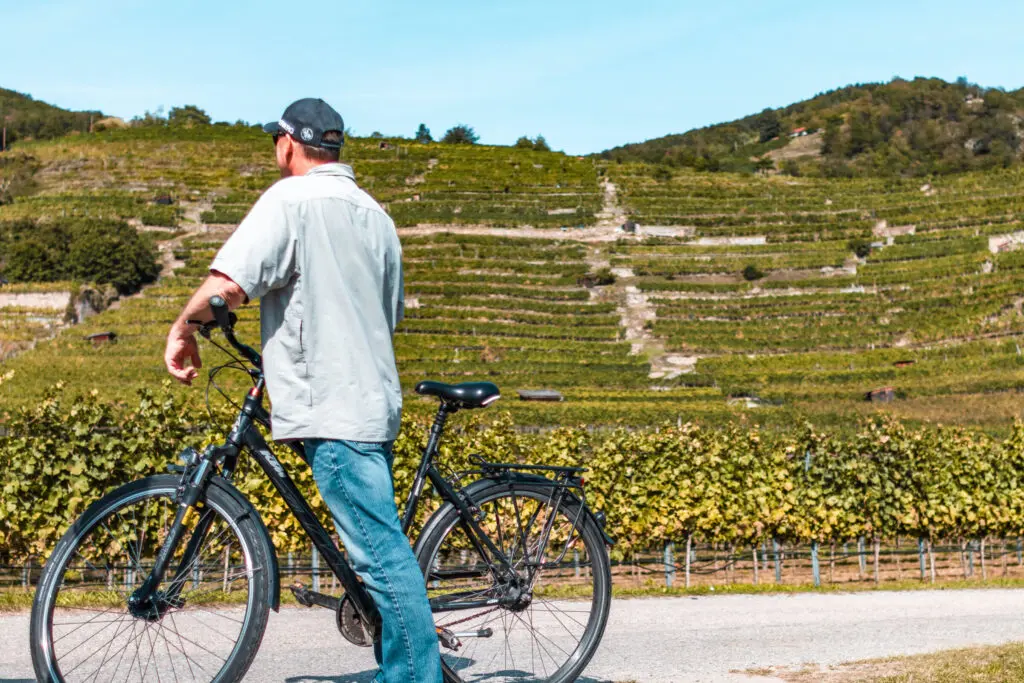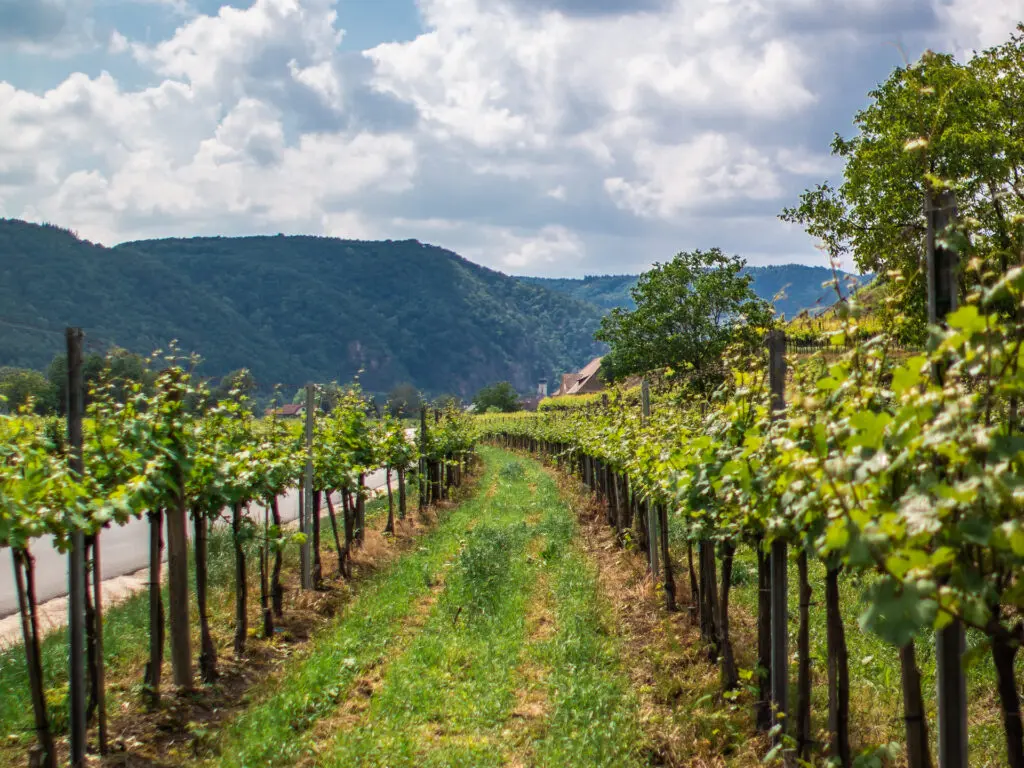You might think that all Europe’s UNESCO-listed wine regions are in France and Italy, but there’s a vast swathe of Europe where white wine is the predominant variety, typically described as Central Europe. Now, where to start? With the region having the oldest evidence of viticulture? With the one that rings a bell around the world? Shall we go chronologically backward or forward from the date of the UNESCO acknowledgement? Perhaps we should stick to alphabetical order so that nothing particular would make the one more outstanding from the other?
Jump to a section of this article
The recipe for becoming a UNESCO wine region
There are some important basic criteria which a wine growing area needs to possess in order to draw international attention, even as early as the medieval times or the renaissance period. The special climate or microclimate is something that all these UNESCO-listed wine regions share. Special microclimates need both geographical and geological support, like water – a river or a lake to balance the climate; proper situation, ideally in a valley; terrain, preferably uncharacteristic to the rest of the country or implausibly diverse compared to the size of the region. The next extremely important ingredient is a historical local sort of grape or grapes which have been almost exclusively cultivated in that region. The traditional methods of wine growing, harvesting and aging play a very important role within the many criteria. And there is one more which we cannot miss out. At last but not least viticulture is as ancient as a real, live and ongoing activity which preserves the visual value of the land.
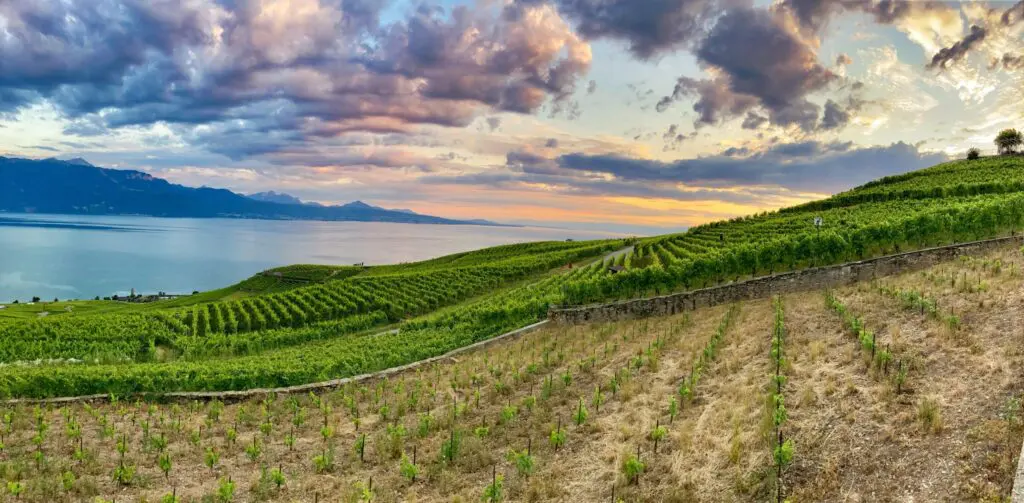
Lavaux Wine Region, Switzerland
Situated about an hour away from Geneva along Lake Léman, 30 km (24 miles) the terraced vineyards of Lavaux Wine Region enjoy protection both by the Swiss government and UNESCO. Due to some evidence viticulture can be traced back to the Roman times but the actual terraced wine cultivation has been proved by documents from the 11th century onward when Benedictine and Cistercian monasteries controlled the area. Although situated relatively high above sea level in a mountainous area in the middle of Europe, only 3 grades away from the natural climate line of wine growing, Lavaux wine region has a special mediterranean microclimate. The lake reflects the sun onto the southern slopes and the power of the sunbeams is amplified by the stone walls separating the terraces. When visiting Lavaux you are in the privileged position to see an almost millennia-old thoughtful and respectful coexistence and development between nature and humans. The major variety of the region is the Chasselas, which is known and cultivated in almost every wine growing country in Europe but only here, in the terraces of Lavaux, within the given special circumstances shows a unique character.
Traveling from or to Bern, you should remember to add Lavaux as a 3-hour stop. If you stay in Geneva you should not miss a bike or a hike among the vineyards. We offer a panoramic excursion and wine tasting with an open-roof vehicle but we can also assist you in planning an individual day in the Lavaux wine region. If wine matters to you, you should definitely supplement your stay with one more night in Geneva and see the terraces along Lake Léman.
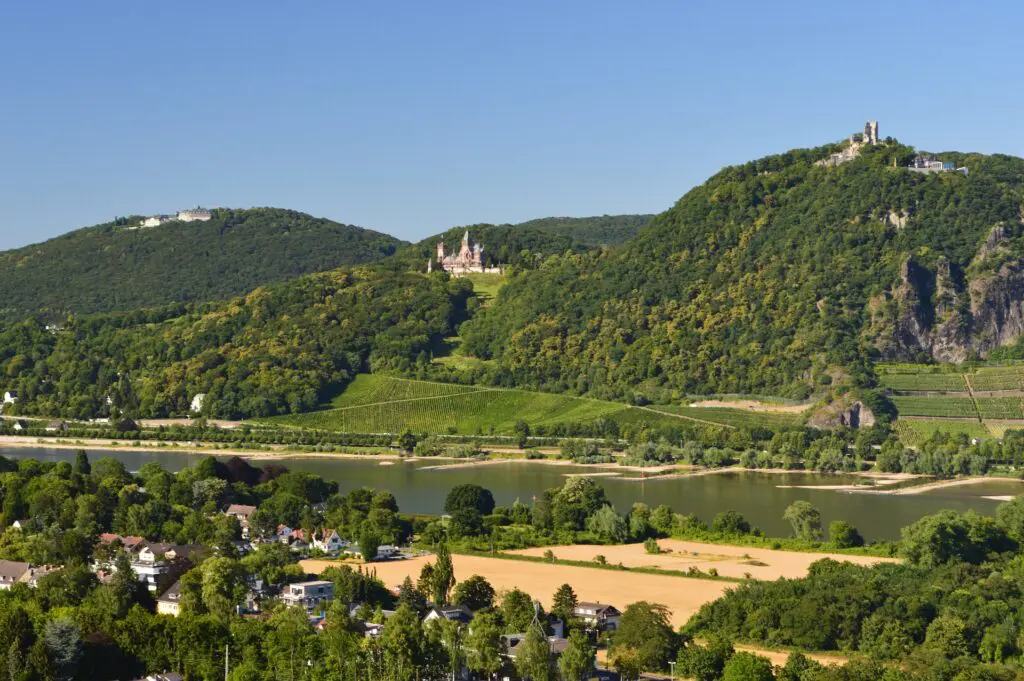
Middle Rhine Valley Wine Region, Germany
An exceptional geographical and cultural landscape stretches about 65 km (55 miles) along the Rhine River, in the dramatic Middle Rhine Valley. Situated an hour away from Frankfurt, the area with its historic castles, towns and vineyards graphically illustrates the history of human involvement with a dramatic and varied natural landscape. The region is famous for its legends and fairy tales too, which have exercised a powerful influence on artists, writers, poets and composers from Goethe through Wagner, from Lord Byron through Heinrich Heine. The area is undoubtedly one of the world’s most unique groupings of geological, historical, cultural and industrial points of interest. A millennia-old link between the northern and southern halves of the old continent since prehistoric times, the Middle Rhine Valley has always been a strategic point and major commercial route for the ruling empires. The most famous of all steep hills slashing the narrows of River Rhine is the deadly Loreley (meaning ‘murmuring rock’), a muse of dozens of artists.
Close your eyes now and imagine a river gorge with about 150-200m high steep hills with the highest number of historic fortresses, amphitheatres and watch posts atop, adorned with thousand-year-old terraced vineyards… You indeed have arrived into a fairy tale.
Vineyards and villages on the two sides of the Rhine, where the main variety is of course the fantastic and unparalleled Riesling (no it is not the author’s favorite :)) but we have to mention Müller-Thurgau, Grauer Burgunder (Pinot Gris), Weisser Burgunder (Pinot Blanc) and Spaetburgunder which is one of only two red grapes grown here, as the Middle Rhine Valley is almost exclusively a white wine growing region.
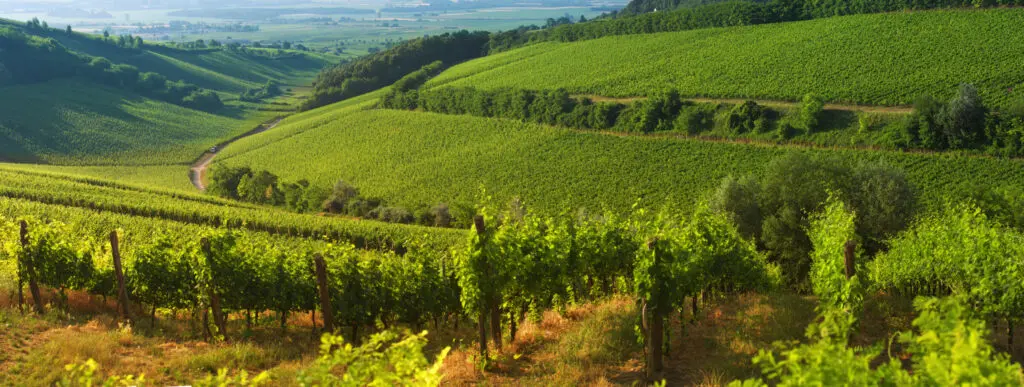
Tokaj-Hegyalja Wine Region, Hungary
Although miles of cellar labyrinths are proven to be much older, the documented history of this wine region traces back to the 16th century which is contemporary of the first references to the world famous ‘aszú’ wine of Tokaj. Two centuries later Emperor Charles VI delimited the area and with that established a closed wine region, probably the first in the world, at the foothills of the Zemplén Mountains and conjunction of the Bodrog and Tisza rivers, in Northern Hungary.
According to the legend the first ‘aszú’ wine was created in the 16th century by accident. In the middle of the Ottoman invasion winemakers in Tokaj could not execute the harvest on time. The grapes remained on the vines for a good two more months patiently waiting for salvation to arrive in late November. The hitherto unknown noble rot, a natural fungus fancying this microclimate, the Botrytis cinerea, descended upon some of the berries and left others intact. The juice was almost entirely gone from the ‘botrytized’ berries leaving extremely high sugar content behind. The farmers had no choice, life went on and they needed to sell whatever the wine would have been. So they harvested and aged in the traditional way. The result was more than pleasant. Not only a rich, sweet and complex late harvest. Something more which made the priest, Máté Szepsi Laczkó think and examine this newly discovered natural process. He manufactured the first official aszú wine for his landlady, Zsuzsanna Lorántffy in Sárospatak.
The discovery was followed by years of experimentation. Winemakers strove to refine the taste, creating the sweetest possible wine by nature. The Tokaji Aszú was born and it got soon recognized by the then French king, Louis XV stating that it is ‘Vinum regnum, rex vinorum’, in other words ‘The king of wines, the wine of kings’. There are only six grapes allowed within the region, the Furmint, the Hárslevelű (Lindenletter), the Muscat Lunel, the Kövérszőlő, the Kabar and the Zéta. The variety of the different ‘aszú’ type wines guarantees a taste explosion in your mouth.
Should your private transfer take you from Hungary to Slovakia, Romania or Ukraine on the northern end, you should definitely add Tokaj-Hegyalja as a stop. Your Local JayWay contact will gladly assist you to design a 3-hour visit for your taste. The region has always been multicultural and multireligious. Catholics, Reformed, Orthodox Christians and Jews used to live and cultivate wine here for centuries. You can combine the wine tasting and cellar visit with discovering the extremely rich cultural heritage of the region.
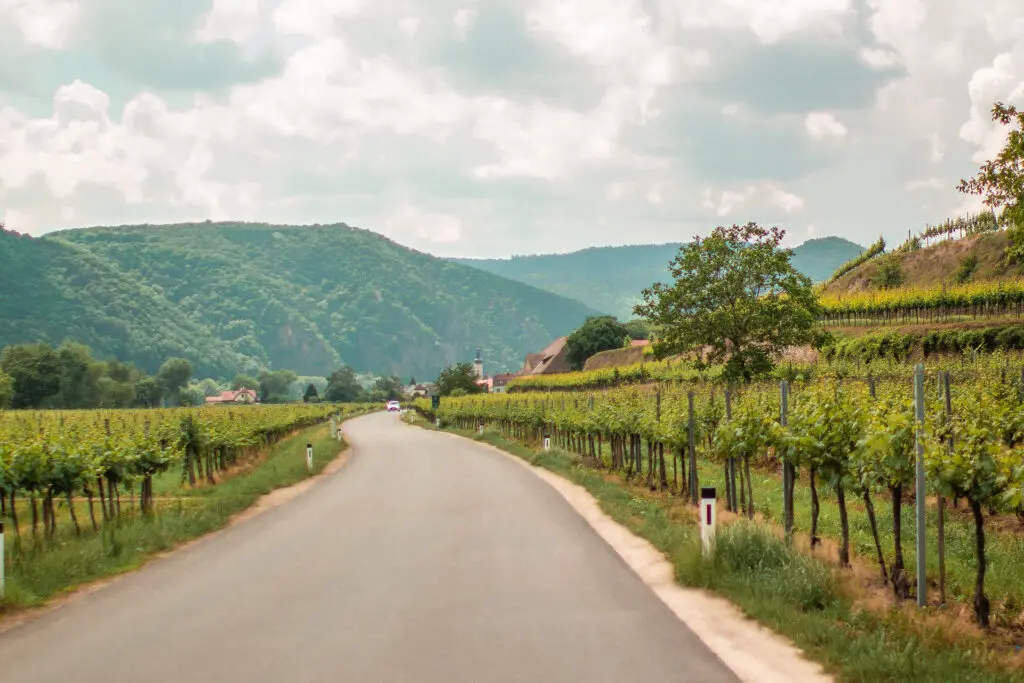
Wachau Valley Wine Region, Austria
A good 30 km stretch along the Danube River between Krems and Melk makes up the Wachau Valley, a landscape with especially high visual quality. It showcases many intact and visible traces of its continuous evolution from the prehistoric times, be it in terms of agriculture, architecture or urban design. A visitor can clearly see how these three grew into a picturesque, sophisticated whole.
Elegant monasteries stretch on plateaus, like the abbeys of Göttweig or Melk. Ruins of castles stand on hilltops above the mild slopes patterned with vines and apricot trees. The architectural style of the estates and service buildings have the original, medieval layout. The towns have not grown remarkably, the valley shows a peaceful coexistence and evolution of nature and people. An especially soft, riverine landscape where culinary delights, artistic and architectural treasures are aplenty.
We distinguish three different categories of wines in the Wachau Valley. Typical sorts are the Riesling and Gruner Veltliner which are cultivated exclusively on the vineyards and show different characteristics on the diversified soil. Muscat Lunel, Weissburgunder (Pinot Blanc), Chardonnay, Grauburgunder (Pinot Gris) and Neuburger (a local sort) occupy smaller areas closer to the villages. That covers the grape varieties, but then there are the classifications: ‘Steinfeder’ stands for light and fragrant wines with the lowest 11,5% alcohol content. ‘Federspiel’ wines contain alcohol up to 12,5% and ‘Smaragd’ with a minimum of 12,5%. The alcohol content depends on the vintage. The better the vintage is, the more ‘Smaragd’ wines will be created.
You can make a stop to try Wachau’s wines if you are traveling by private transfer from Vienna to Salzburg, Prague or vice versa. The Wachau Valley is an ideal 3-hours stop for gourmands, culture seekers, architecture aficionados, solo, duo or family travelers. A river cruise from Krems to Dürnstein followed by a wine tasting or an orchard visit, a guided tour in the Melk Abbey, a tasty light lunch at a local ‘Weingut’ are all options. We will create a combination of sites and experiences based on your preferences to enrich your day. If you are traveling with your offspring, you should consider spending at least one night here. An exceptional active holiday awaits all members of the family.
Explore Central Europe’s Stunning Wine Regions With Us
Whether you want to make a brief stop between cities, take several days, or even build your trip around time in more than one of these UNESCO-listed destinations, our expert trip planners will craft the perfect custom itinerary for you.

Ivana came to JayWay with plenty of experience in tourism, alongside a degree in Tourism and Marketing. Although she worked with several big British tour operators over the years, Ivana found that working with big group tours wasn’t for her, since she preferred to get to know the people she was working for, and devote time to them, so JayWay was a perfect fit. Ivana naturally loves to travel, and is a big foodie, but she especially loves to read a good book, and enjoy excellent Croatian wine.

